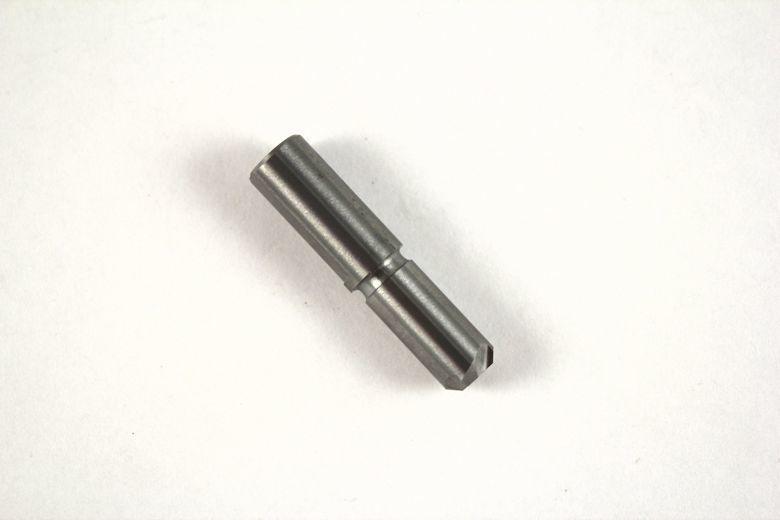ntsqd
Well-Known Member
The way that I see it an ID reamer will follow the existing hole. Most of the time in machining we want this to happen, but not in this situation. If that hole happens to be eccentric to the neck OD then the result will also be eccentric to the neck OD. Holding both the reamer and the case in a die could result in a consistent neck thickness, but that's subject to the operational clearances required by the tools. To the best of it's ability the tool is still going to try to follow the existing hole.
Turning the neck's OD while piloted by a mandrel in the ID just seems like a consistent neck thickness is a more easily obtained result. It is still subject to the operational clearance required by the mandrel in the neck ID, but in this situation the tendency of the tool to follow the hole results in an OD that is more concentric to the ID.
Turning the neck's OD while piloted by a mandrel in the ID just seems like a consistent neck thickness is a more easily obtained result. It is still subject to the operational clearance required by the mandrel in the neck ID, but in this situation the tendency of the tool to follow the hole results in an OD that is more concentric to the ID.

